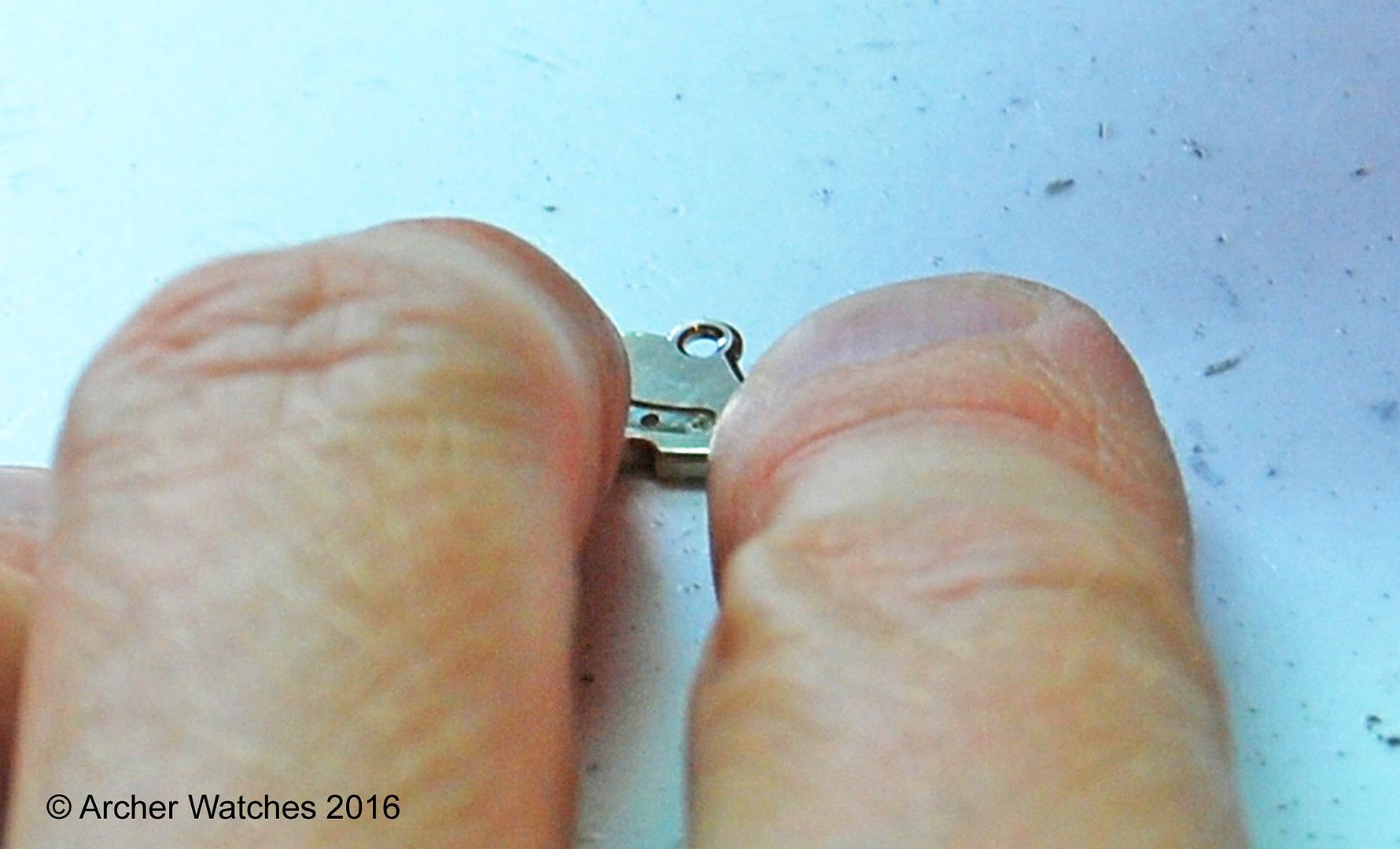
Many watches have two date boxes next to each other, showcasing 0-3 on the right box and 0-9 on the left box. Second, came the big date with an enlarged window for the display of the dates. Sometimes also called the aperture, the date window merely reflects the date and by rotating the crown of the watch, the date can be easily changed.

It is worth remembering that these are the most common types of date complications.įirst came the simple date window. Although, with thousands of watchmakers in the market, new styles and techniques keep emerging. Given the advancement in design and innovation, there are four main types of date complications available now. The most basic, yet the most important complication found in watches – the date display.įor many, the presence of date displace makes all the difference while selecting a watch. While these are the broad classifications, we take a deep dive below to understand each complication better. Striking Complications that include alarm and repeater.

Astronomical Complications including different types of calendars and Moonphase.Timing Complications that include different chronographs.2.3 What is the most complicated watch?īased on the functionality, there are broadly three main types of complications:.2.2 Why are watch features called complications?.2.1 What are the complications of a watch?.If you are interested in these, check out our recommended collection of rectangular, square, and tool watches that feature some of the watch complications discussed below.
#Horology complications software#
While electronics and software apps have allowed smartwatches to include a multitude of features, packing these complications into a traditional watch is still an impressive feat which is a big part of what makes these watches so appreciated by watch aficionados – and makes them so expensive. For, a higher number of complications call for a greater degree of dexterity, craftsmanship, and ingenuity to design the components together. Designed with the utmost attention to detail, adding several of these complications to the same timepiece makes it harder to assemble. There are nine primary types of watch complications in three groups: Timing, Astronomical and Striking.Īs technology advanced, watchmakers kept pushing the boundaries of innovation to include multiple complications in one timepiece.īeing able to set multiple alarms, track time in multiple time zones or automatically calculate the date, watch complications help perform many specific functions. Mainly used in mechanical watches, features such as Alarm, Repeater, Calendar, Perpetual Calendar, Chronograph and Moonphase have come to be known as watch complications in horology. Watch complications are features that tell you more than just the time.

Since then, watches have evolved a lot and there are lots of other calculations that watches can do. Originally, watchmakers used simple watch movements that just told hours, minutes and seconds so that people could keep accurate time.


 0 kommentar(er)
0 kommentar(er)
